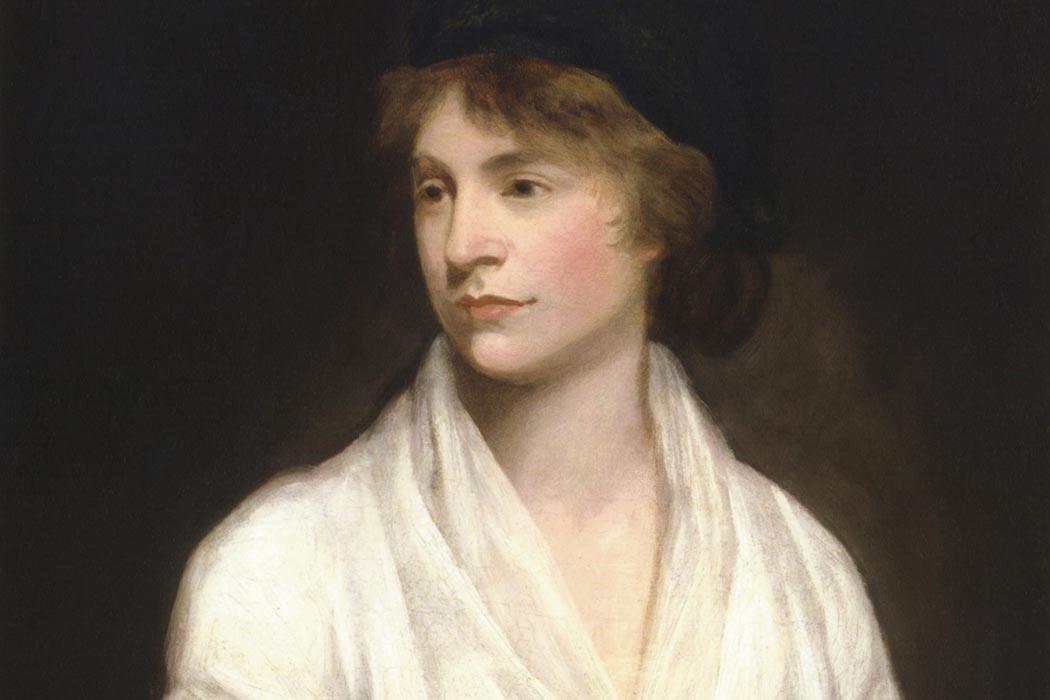Mary Wollstonecraft was a formidable woman—one of the mothers of feminism, an outspoken advocate of equality, and the author of A Vindication of the Rights of Woman (1792), which made the then-radical argument that girls and women should be educated. You might also remember her as being the mother of Mary Shelley, author of Frankenstein. She courted controversy with her unorthodox lifestyle, having a child (Mary Shelley’s older sister) out of wedlock. It turns out the man who loved and left Wollstonecraft was a con man of epic proportions with a particularly ugly secret.
In Wollstonecraft biographies, Gilbert Imlay is the American adventurer who abandoned her after fathering her child. And that’s usually where’s he left. But who exactly was this cad and what did Wollstonecraft see in him? Imlay professed a devotion to ideals that would have appealed to Wollstonecraft, like agrarian utopianism and social justice. His bestselling book A Topographical Description of the Western Territory of North America, published in London in 1792, was very influential in British debates about the Revolution. The book berates Thomas Jefferson on the issue of slavery, and emphatically calls the practice “contrary to our bill of rights as well as repugnant to the code of nature.” This radical and abolitionist Gilbert Imlay is the man Wollstonecraft fell in love with and dreamed of living with “on a farm in the pristine American wilderness.”
Inlay also wrote what is considered the first American frontier novel, The Emigrants (1793), with some assistance from Wollstonecraft. Imlay’s biographer Wil Verhoeven calls it America’s “only Jacobin novel,” supporting the radicals of the French Revolution. He even managed to get himself appointed as a U.S. diplomat in France.
But both of his books were also sales pitches, which is what Imlay did best. Before winding up in England, he was a land speculator in Kentucky. Among other scams, Imlay swindled Daniel Boone out of 10,000 acres. In most histories, he usually disappears in 1785, fleeing from his debts and the law in Kentucky, before reappearing in London with his first book in 1792. But in the interim, Verhoeven reveals, Imlay invested in the slave trade.
Wollstonecraft said owners of slave ships “never smell on their money the blood by which it has been gained, but sleep quietly in their beds, terming such occupations lawful callings.” She never knew of Imlay’s industry (which, coincidentally, was the name of one his slave ships), nor did any of the radicals and Jacobins he worked with. Like all successful confidence artists, Imlay told people what they wanted to hear. It might have worked in the short term, but it certainly has not led to a vindication of the life of Gilbert Imlay.







